Over the past decade, fast food prices have surged dramatically. With inflation affecting every sector, the fast-food industry has not been spared.
This price hike impacts millions of Americans who rely on quick, affordable meals. Families looking for convenient dining options are feeling the pinch more than ever.
Inflation Hits the Drive-Thru
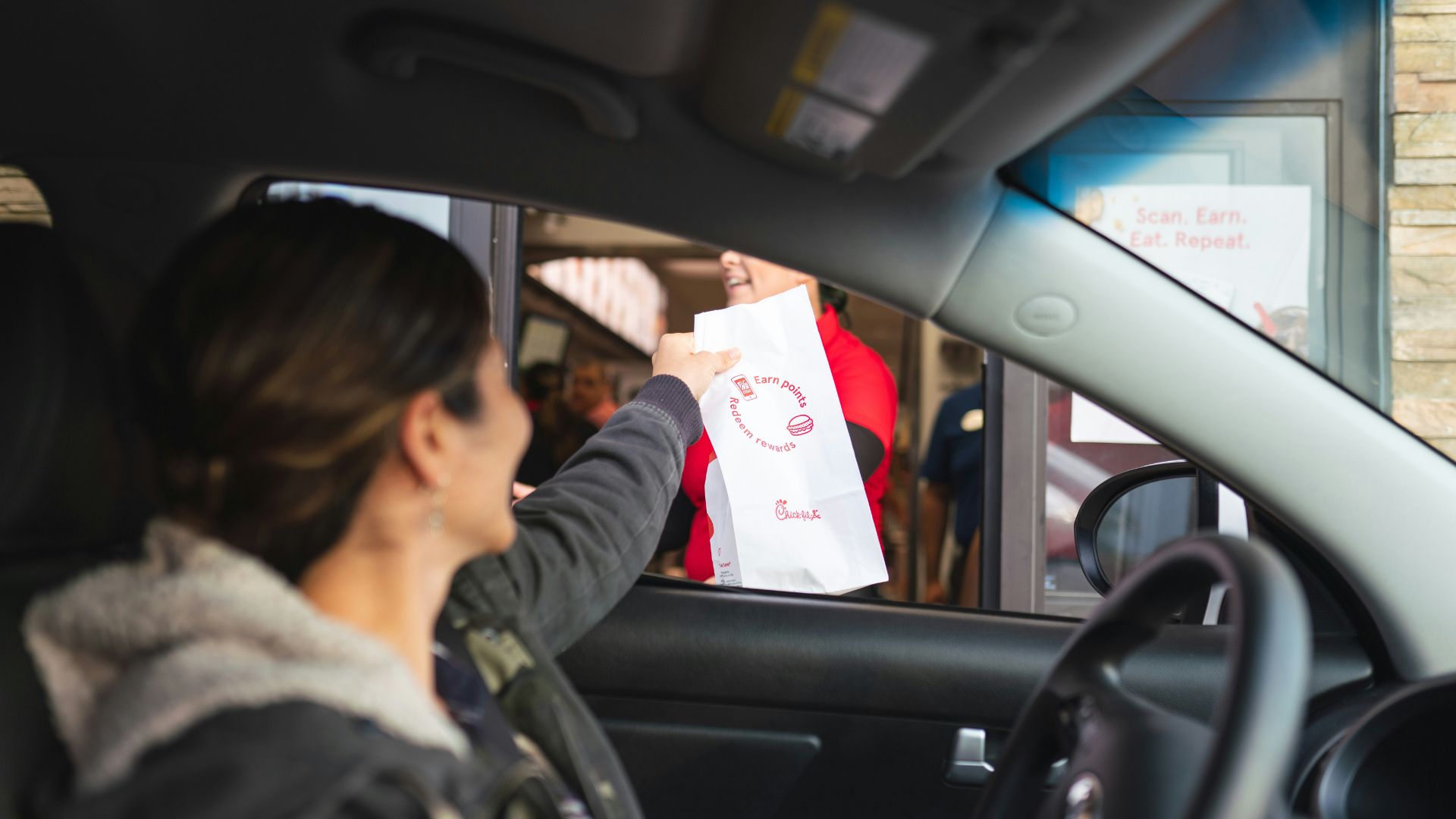
The Bureau of Labor Statistics reports that annual inflation in the fast-food sector is currently 4.8%. Since 2014, prices in “limited-service restaurants” have jumped by 47%.
This significant increase means that grabbing a quick bite at your favorite fast-food joint is now much more expensive than it used to be.
Fast Food: A Staple in American Diets
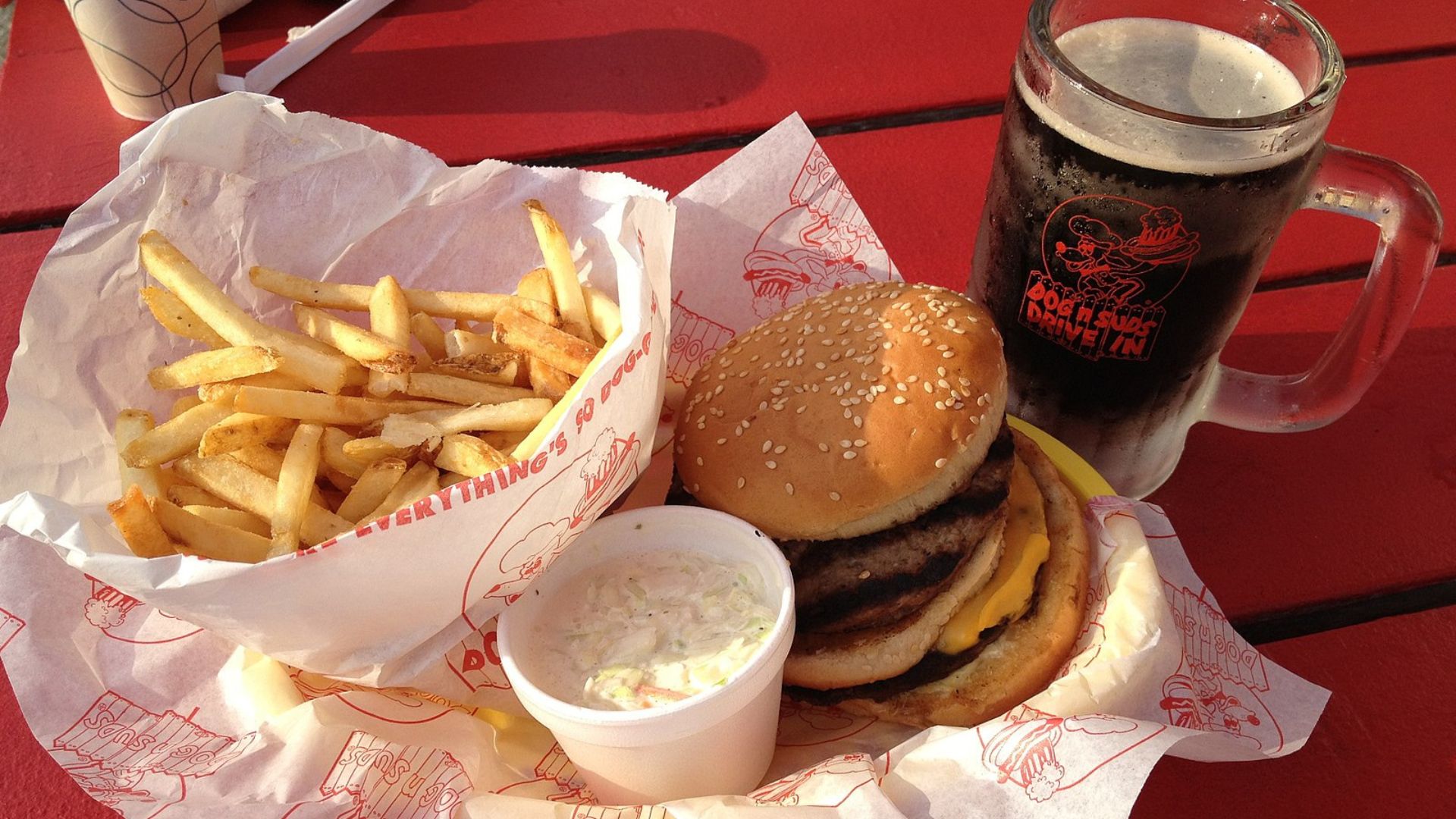
Fast food plays a crucial role in the American diet. A CDC study from 2018 found that 36.6% of adults consumed fast food daily between 2013 and 2016.
By 2023, market research by Drive Research indicated that 65% of respondents ate fast food at least once a week, showing an increasing dependency on these meals.
Price Increases Over the Decade

According to USA TODAY, Carl’s Jr./Hardee’s has experienced the highest price hikes among major chains, with costs more than doubling from 2014 to 2024.
Wendy’s also saw nearly double the price increase during the same period. These rising costs make it harder for customers to enjoy their favorite meals without breaking the bank.
Regional Price Differences
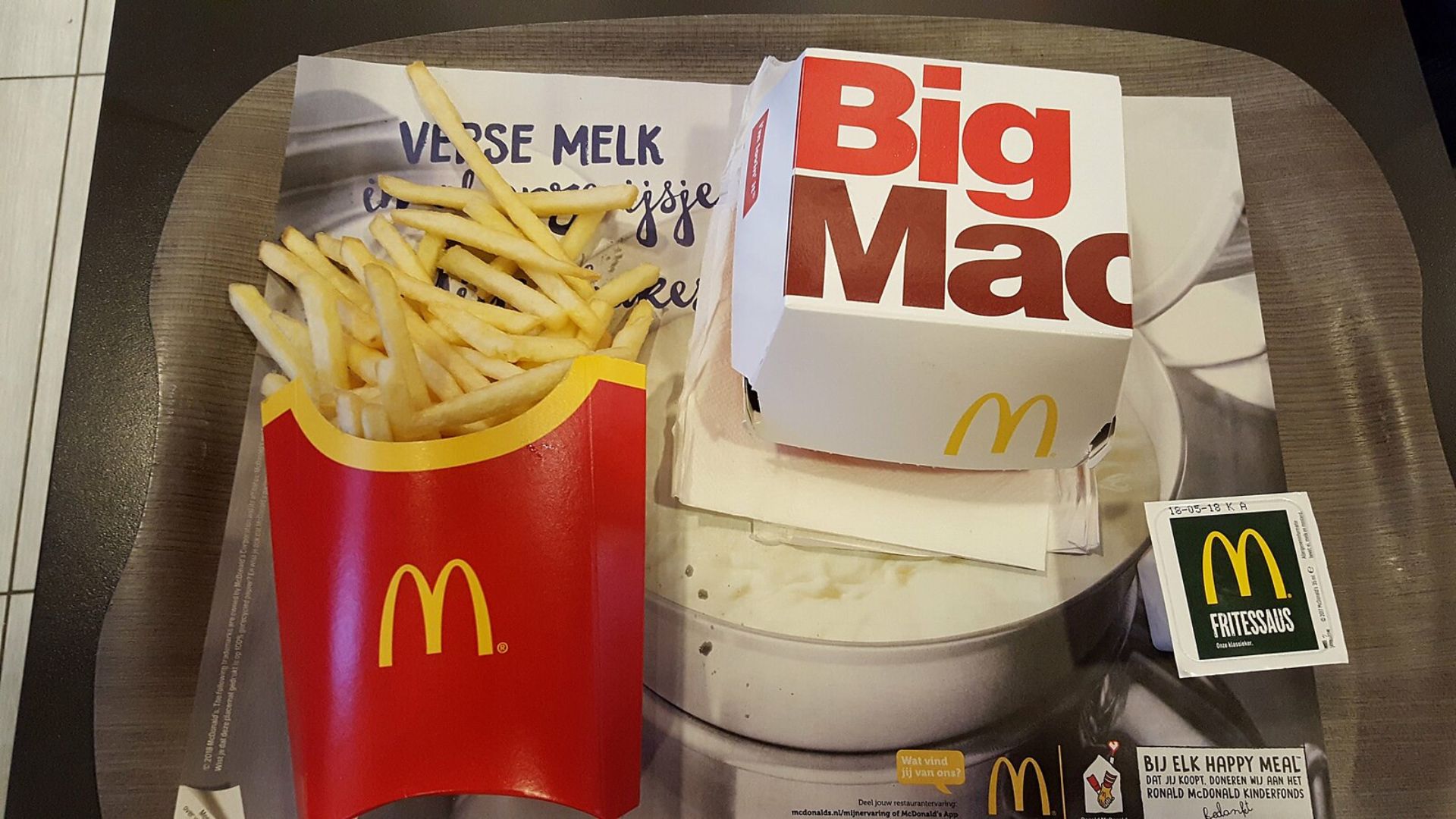
Fast food prices vary significantly across the United States. For example, a Big Mac combo at McDonald’s is most affordable in Houston, Texas, at $7.89.
On the other hand, in Seattle, the same meal costs nearly $15. These regional differences highlight how location can impact the cost of fast food.
Affordable Options Still Exist
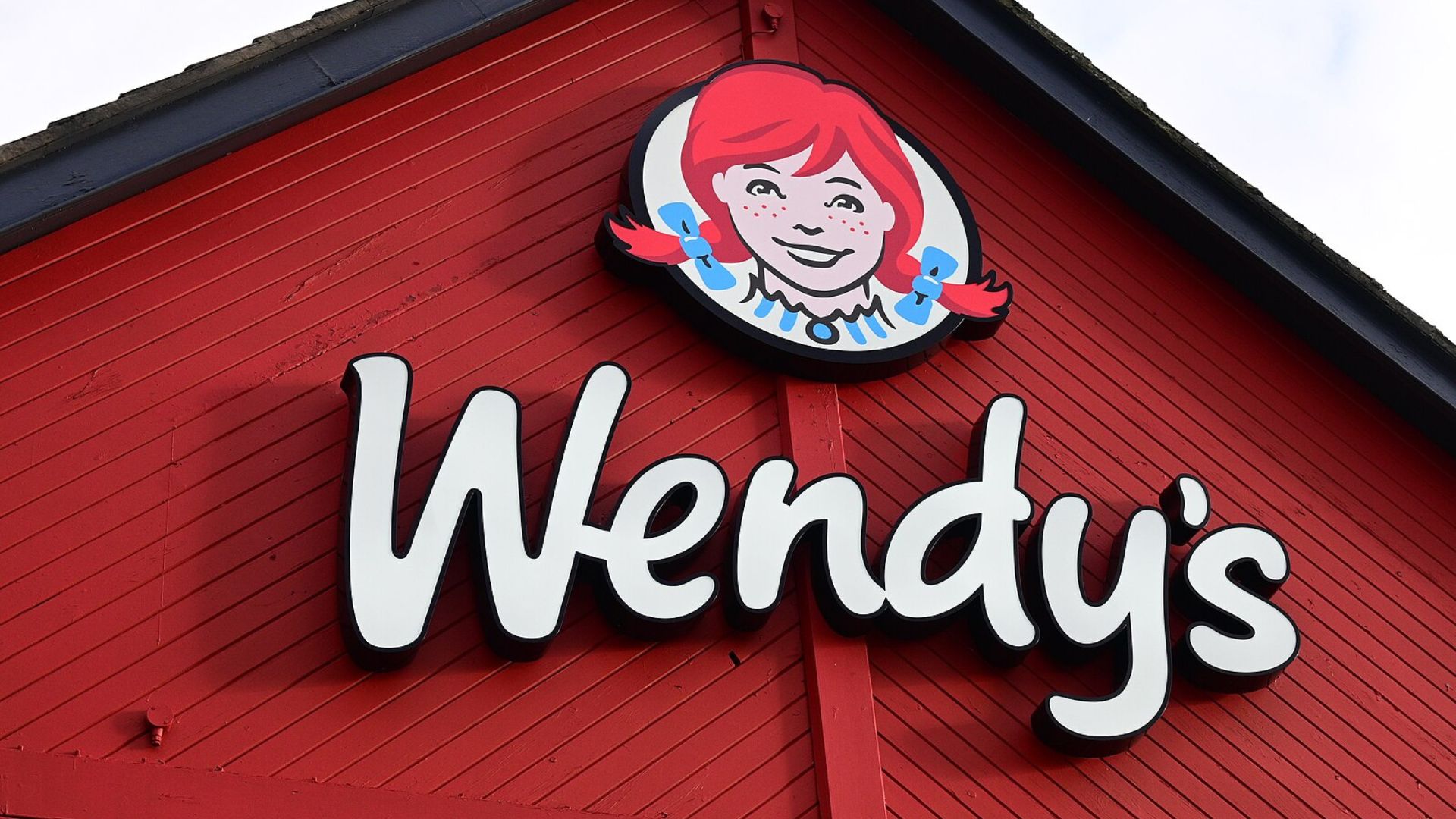
Despite overall price increases, some affordable fast-food options remain.
Wendy’s offers a Dave’s cheeseburger meal for $9.29 in downtown Columbus, Ohio, making it the cheapest option among the 18 cities surveyed by USA TODAY. This shows that deals can still be found if you know where to look.
The Most Expensive Fast Food
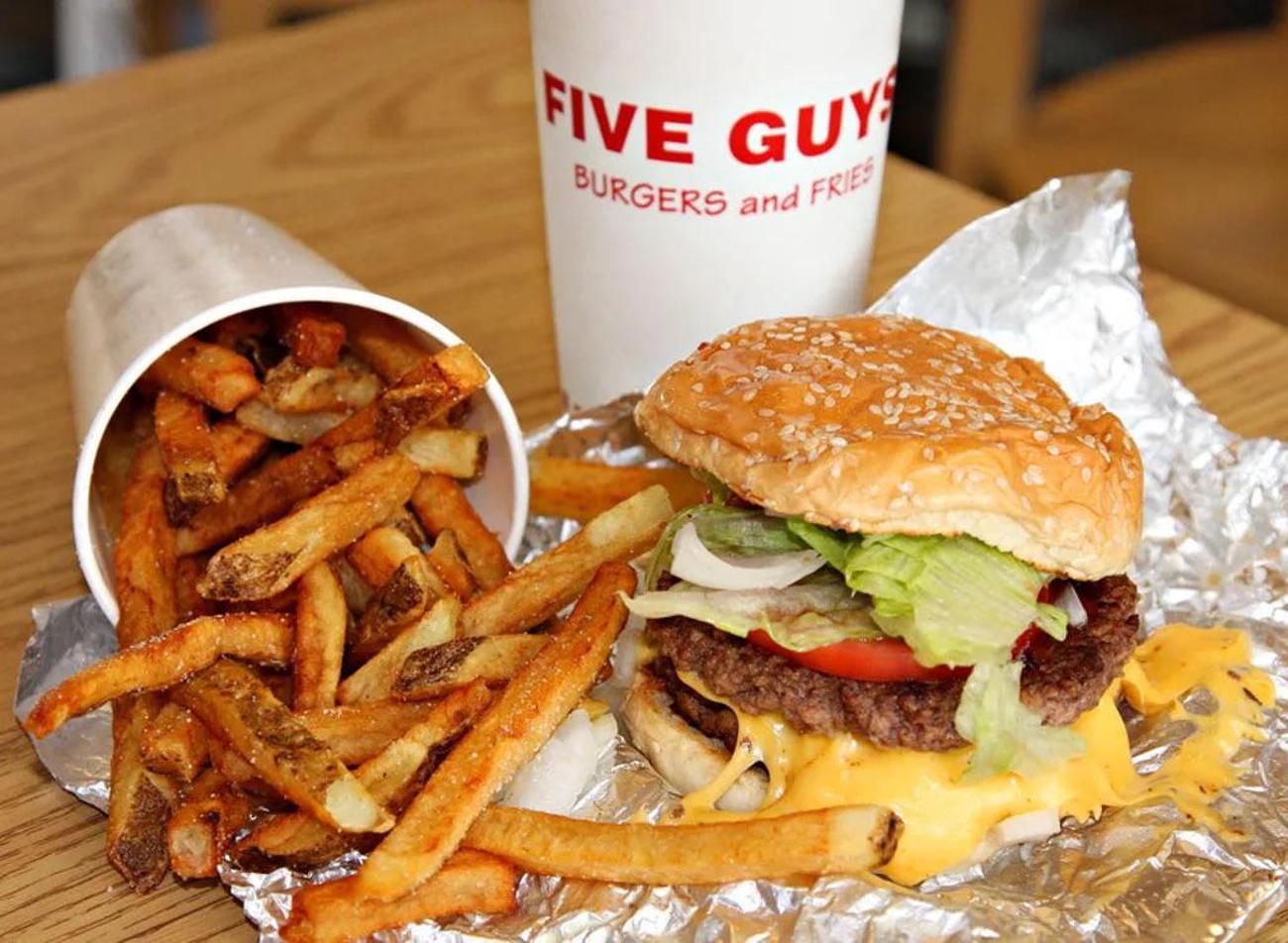
In contrast, the most expensive fast food combo surveyed was from Five Guys in Chicago.
A cheeseburger, regular fries, and a drink cost the most among the 15-plus cities.
Historical Price Comparison
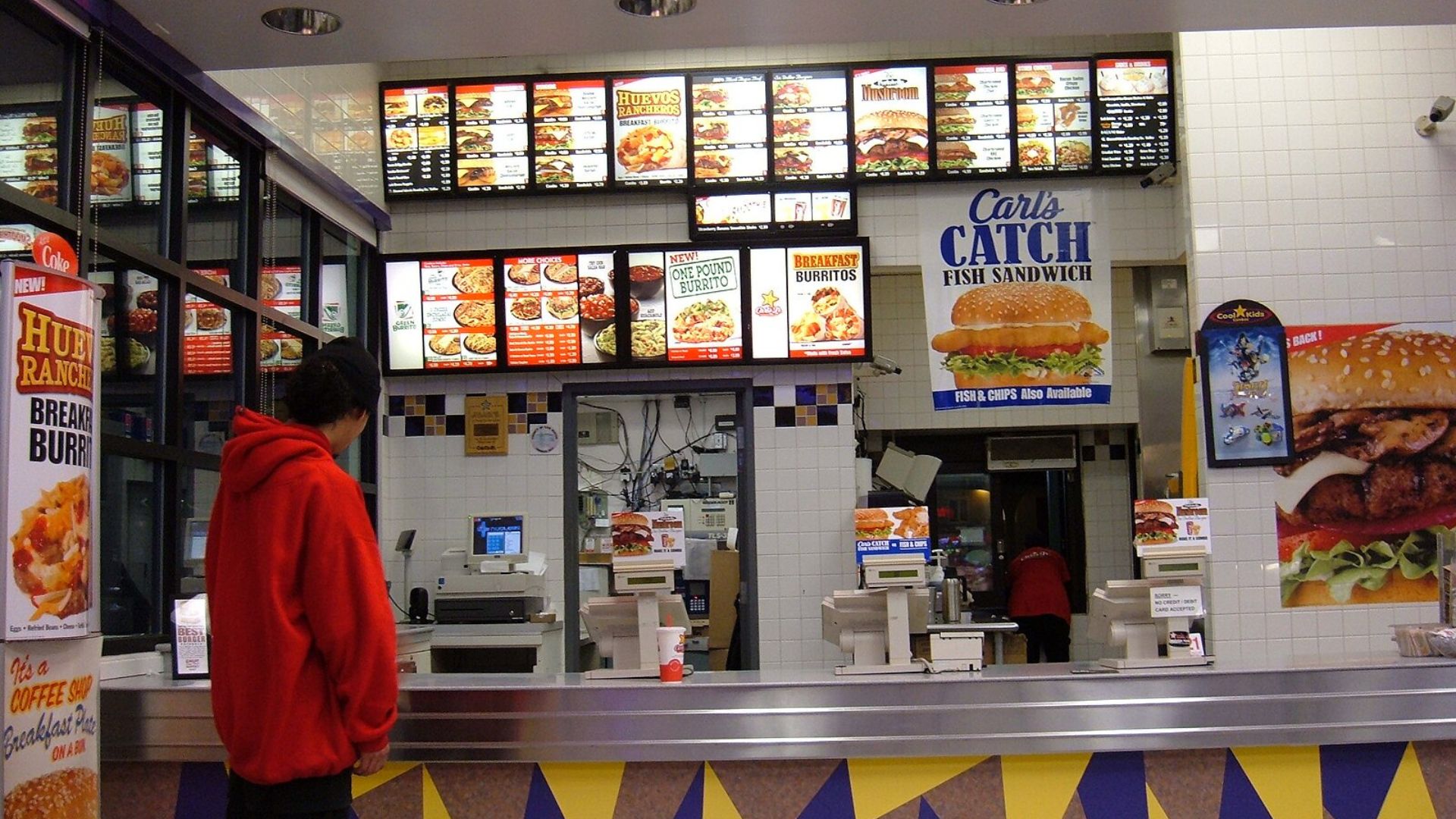
For reference, in 2014, Carl’s Jr./Hardee’s offered the cheapest signature meal with their quarter-pound thick burger combo priced at $5.29.
This historical perspective shows how much prices have escalated over the years, reflecting broader economic trends and inflation’s impact on the fast-food industry.
Factors Driving Price Increases
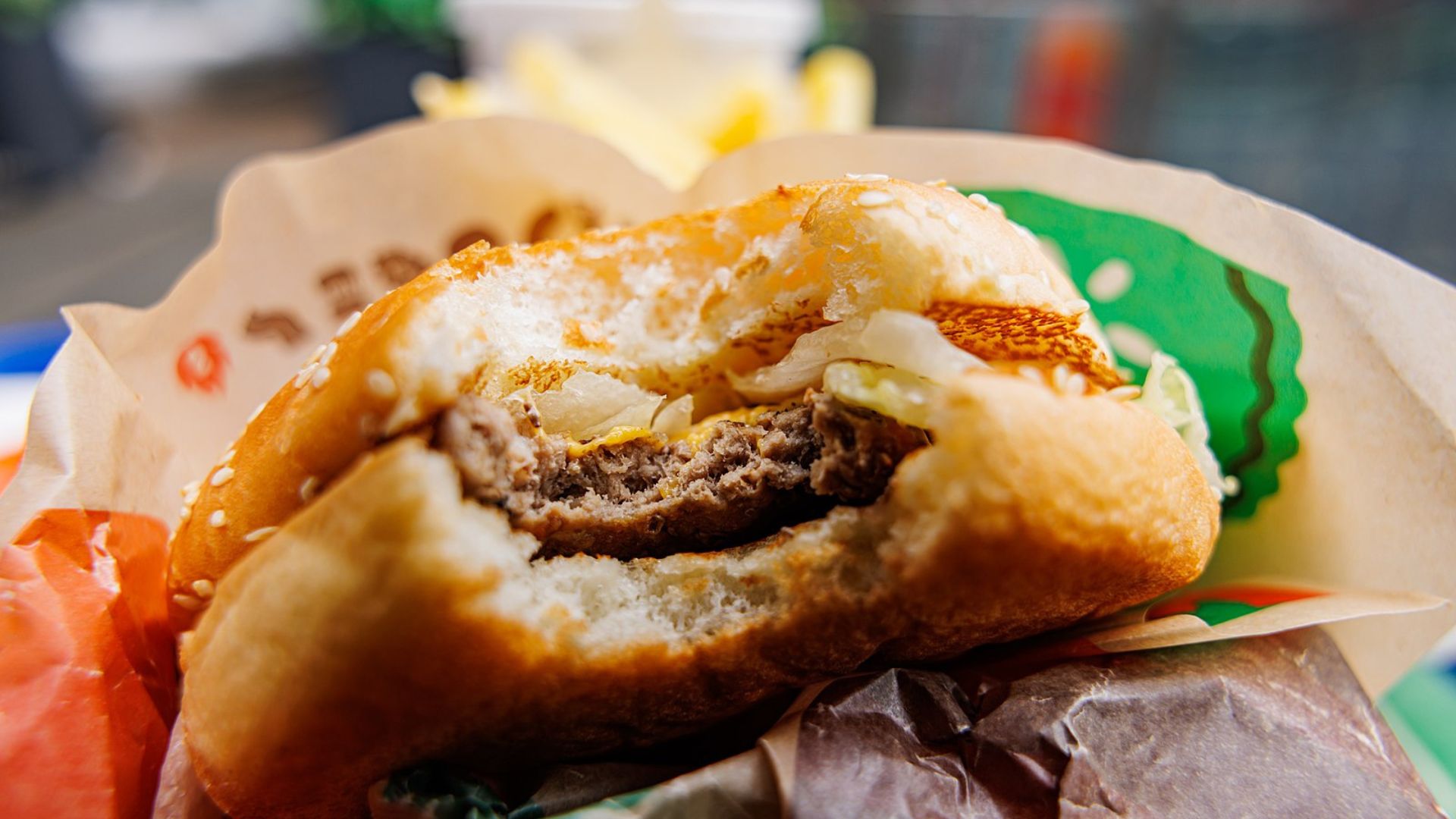
Several factors contribute to rising fast-food prices. These include higher ingredient costs, increased wages, and overall inflation.
These elements combine to drive up the cost of meals at popular chains, making it more challenging for consumers to enjoy affordable fast food.
The Impact on Families
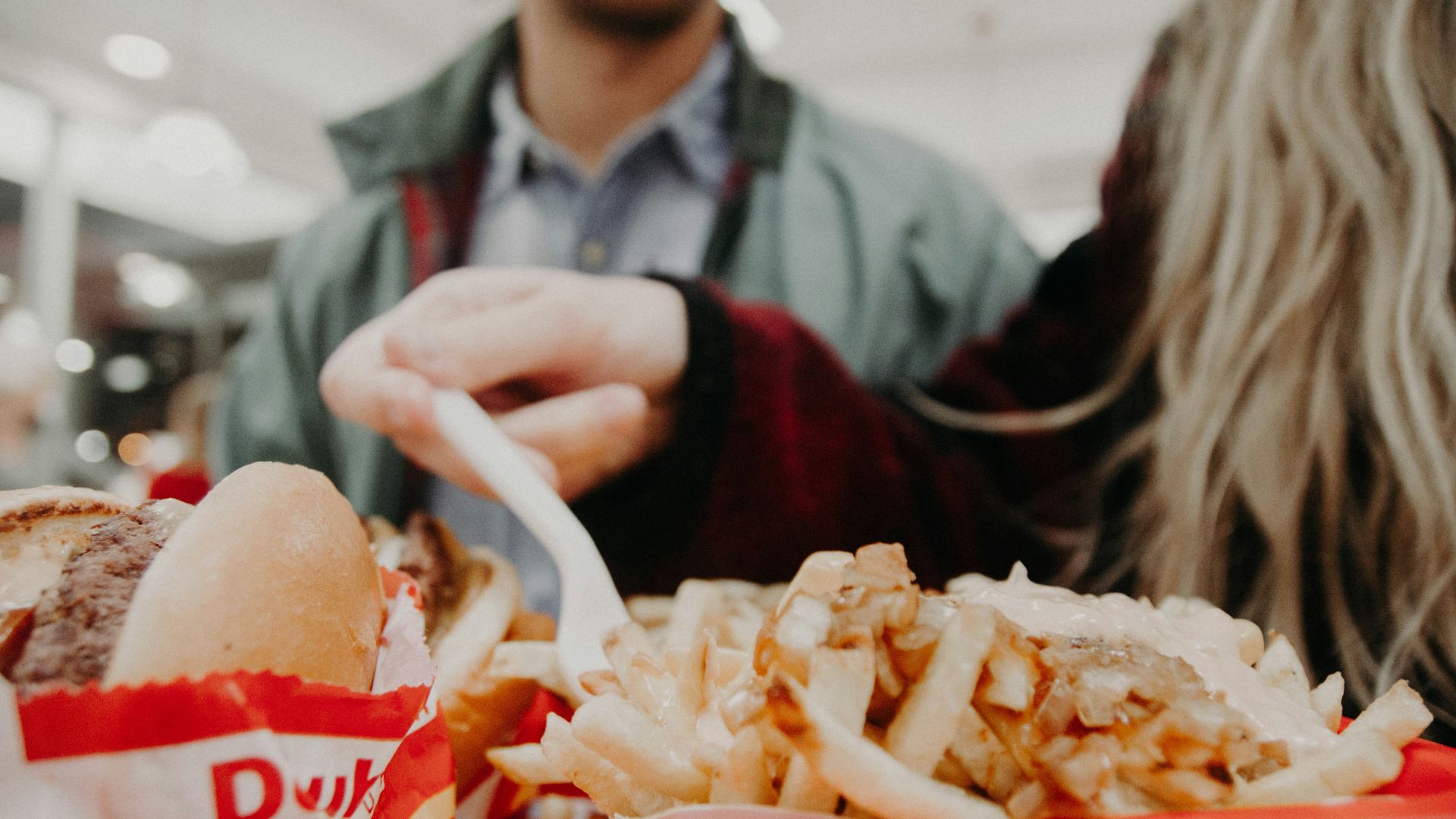
As fast food becomes more expensive, families feel the financial strain. Meals that were once a budget-friendly option are now a significant expense for many.
This shift affects how often families can afford to eat out, changing dining habits and financial planning.
Strategies to Save on Fast Food
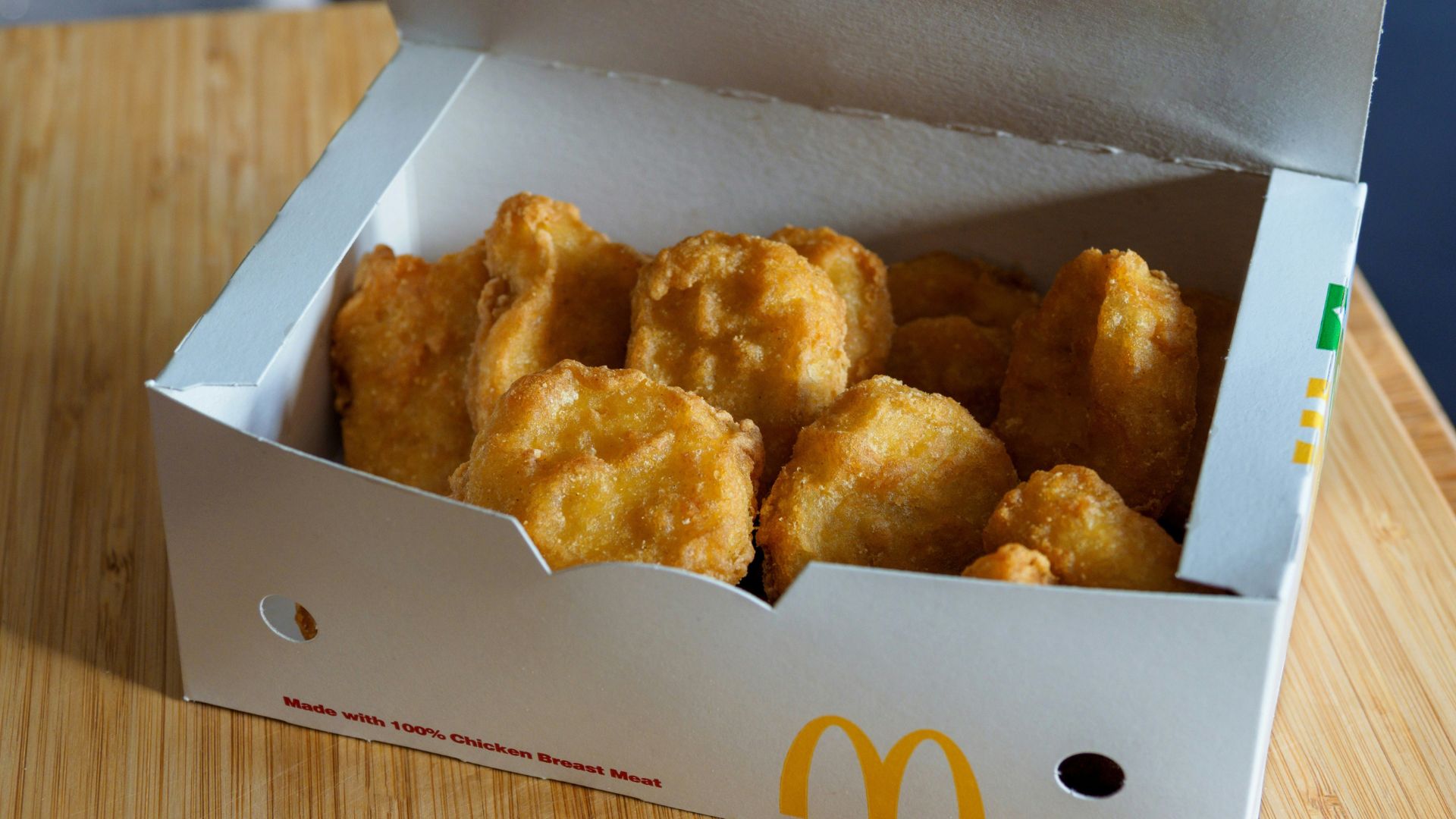
Despite rising prices, there are still ways to save on fast food. Consumers can look for deals, use coupons, and take advantage of value menus.
These strategies can help mitigate the impact of price increases and make fast food more accessible for budget-conscious diners.
The Future of Fast Food Prices

Looking ahead, fast food prices may continue to climb as inflation persists. Staying informed about these trends and adapting to changes will be crucial for families who rely on fast food for convenience.
Monitoring prices and seeking out deals will be essential strategies moving forward.
